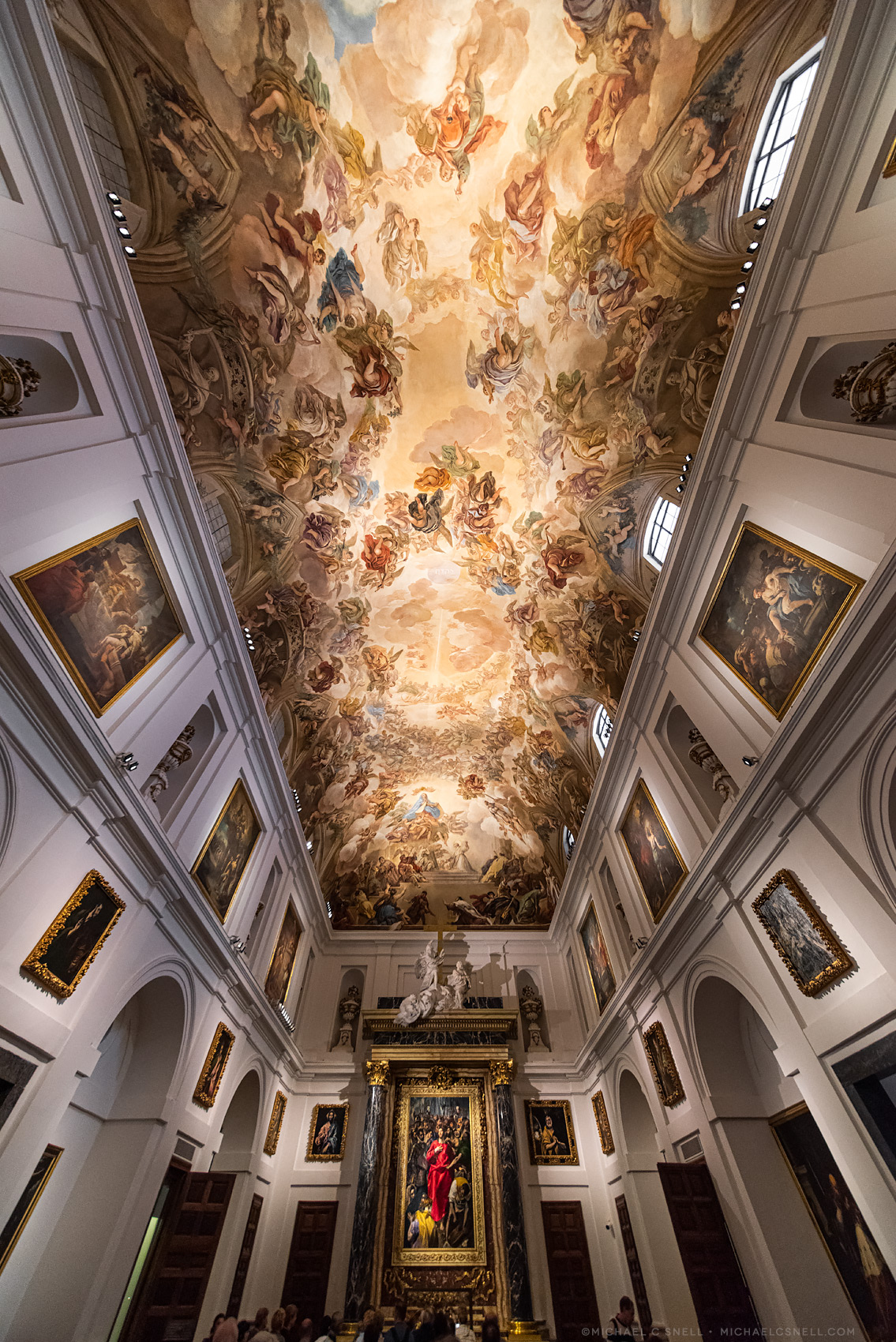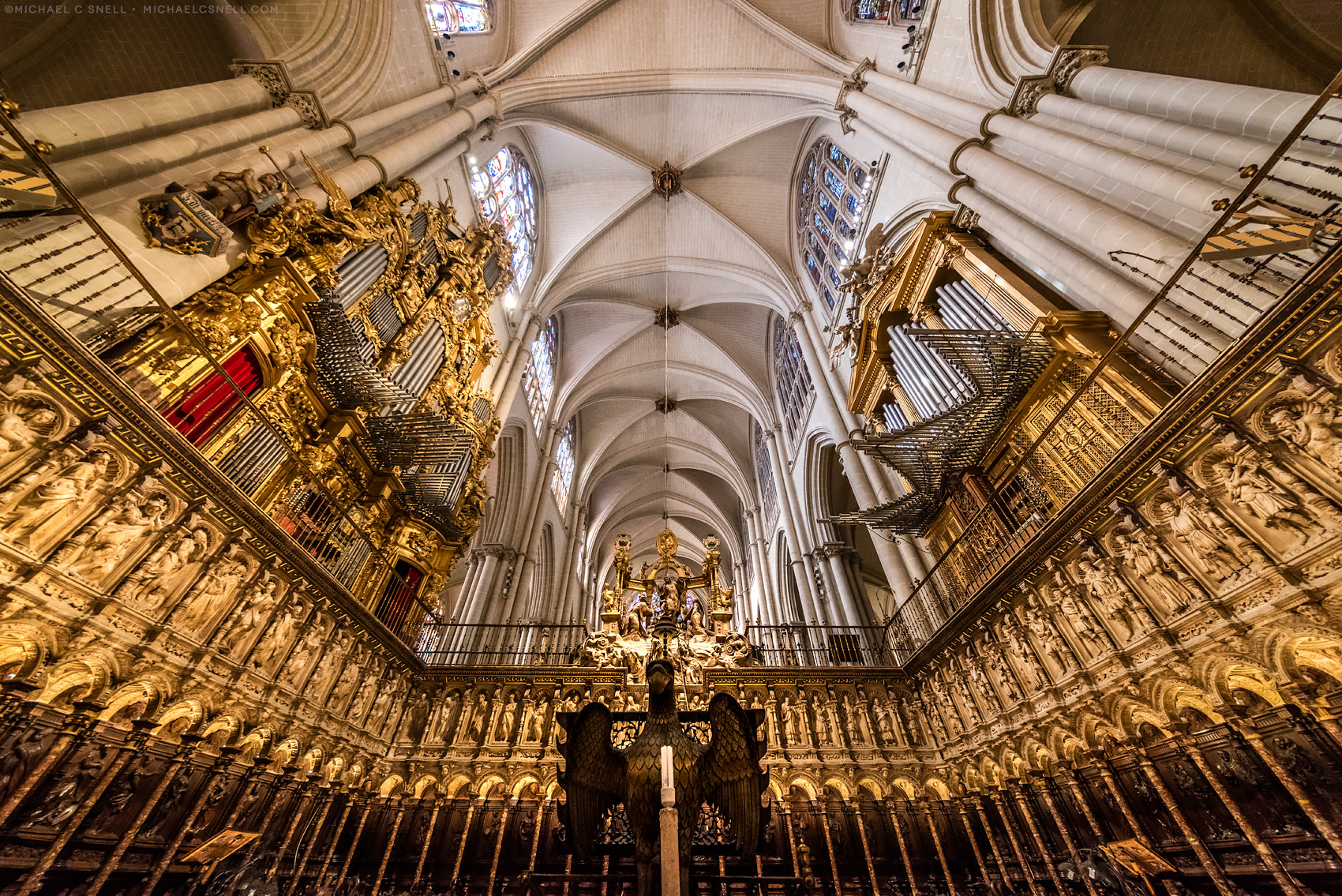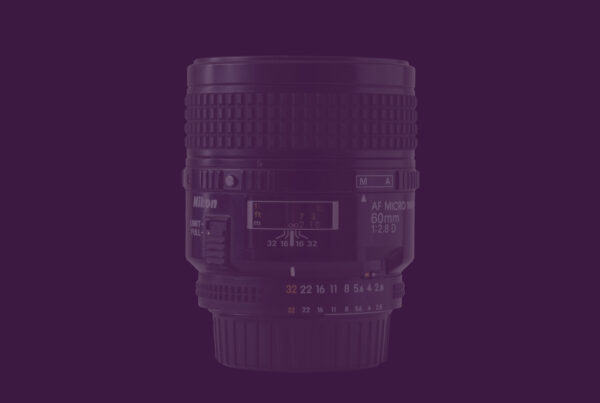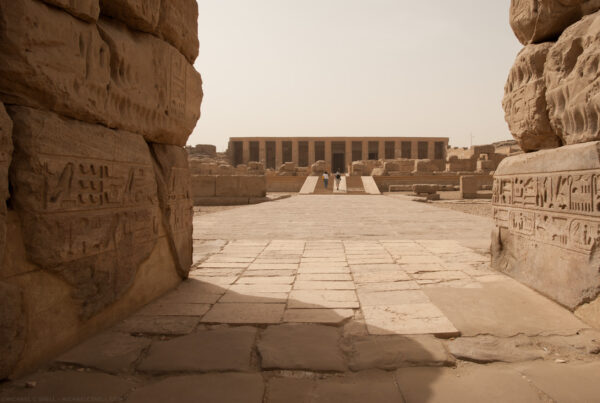There are times you REALLY need a WIDE lens,
and times you need a REALLY WIDE lens.
Getting to know the Irix 11mm f4.0 wide-angle lens
In the Beginning: From 28 to 24mm
When I first started out in photography (way back in the film days), the widest lens I had was a 28mm. When I switched to using an Olympus OM4T, I added a 24mm prime and thought I could see the entire world through that lens. It was amazing how much of a difference that 4mm made. It seemed SO much wider than the 28mm.
17mm and Fisheyes
When I moved to Nikon with the F100, I added a 17-35mm Nikkor zoom — which I still own and use way too much. The 17mm end seemed insanely wide and took a little getting used to, but it was a game-changer for interiors especially. When I added a digital body (the DX-sensored D100) I picked up the affordable 10.5mm Nikkor fisheye. The DX crop sensor effectively made my 17mm a 25mm so I lost that wide view. The 10.5 was more like 15mm if it were full-frame, but it was definitely a fisheye in that it embraced the distortion and curved everything within its view in that way that makes people either love or hate fisheyes. There was software that you could use to “straighten out” the “fishy-ness” but it really pushed the limits of the image.

An image shot with my old Nikkor 10.5mm that shows the distinctive fisheye distortion.
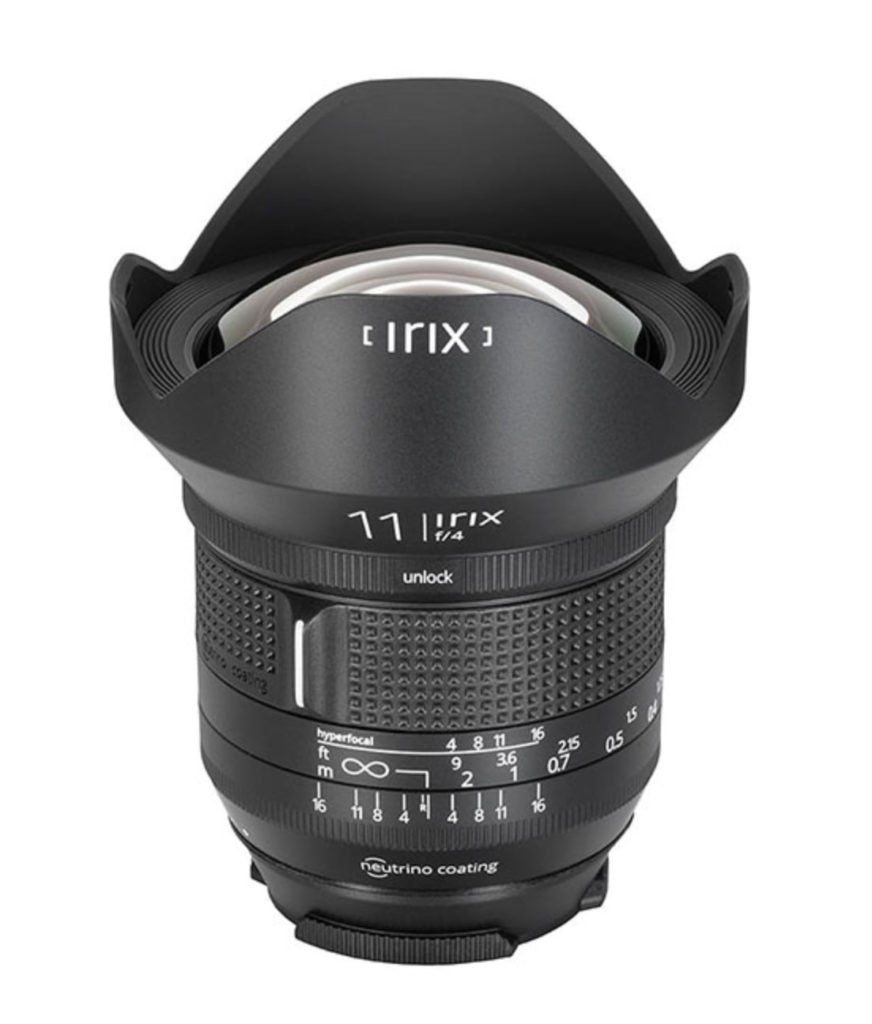
Irix 11mm f/4 (image from Irix website)
When I bought a D700, my 17 was again a 17, thanks to the full-frame sensor. While I did still occasionally use the fisheye, I had really come to consider it a novelty lens, rather than a proper wide-angle. The fisheye look is just too polarizing to use often. And the 17 was plenty wide for most uses, and actually can be too wide if you’re not careful. It takes a special way of working, having a really wide lens. You need to frame differently to either try and minimize the distortion, or embrace it and go all out for that effect. Even so, there have been times I wanted something wider, but not something fisheye.
And now, the 11mm Irix
I was intrigued when I heard about a new 11mm lens from Irix and I decided to give one a try. I’ve had it for more than a year now but, thanks to the pandemic, I’ve only managed to travel internationally with it once. It is pure joy to use. Yes, it’s extremely wide and, yes, you have to be super-super careful how you use it, but it can be so much fun in the right situation. One of those situations, for me, has caused me to dub this my “cathedral lens.”
That’s the Catheral of Plasencia in Spain’s Extremadura region. I’ve photographed this cathedral before and have not been able to get nearly as much in as I can now with the 11mm. The cathedral is unique in that it is two cathedrals in one. An older cathedral was being replaced by gradually building this new, larger Gothic building in its place. They literally tore the old structure down as the new one overtook it. Like a giant caterpillar eating a smaller caterpillar little by little. Then, construction stopped, and has never been resumed. Plasencia is left with a half Romanesque, half Gothic cathedral with a stone wall still separating the two interiors.
What this means, in part, is that the cathedral is a little shorter than most, so you can’t back up as far as you normally could to shoot the altar. That’s where the extra wide-ness of the 11mm came in handy. Here’s a comparison of the same view I’d shot years before with the 17, and the one from last year using the 11mm — drag the slider to compare.
It’s not a perfect apples-to-apples comparison. I’m sure I wasn’t standing in the exact same spot and I’m not pointed up as hight in the 17mm shot, but you can still get the feeling of the extra “space” that you feel in the 11mm shot. And you can see so much more of the tracery in the ceiling vaults.
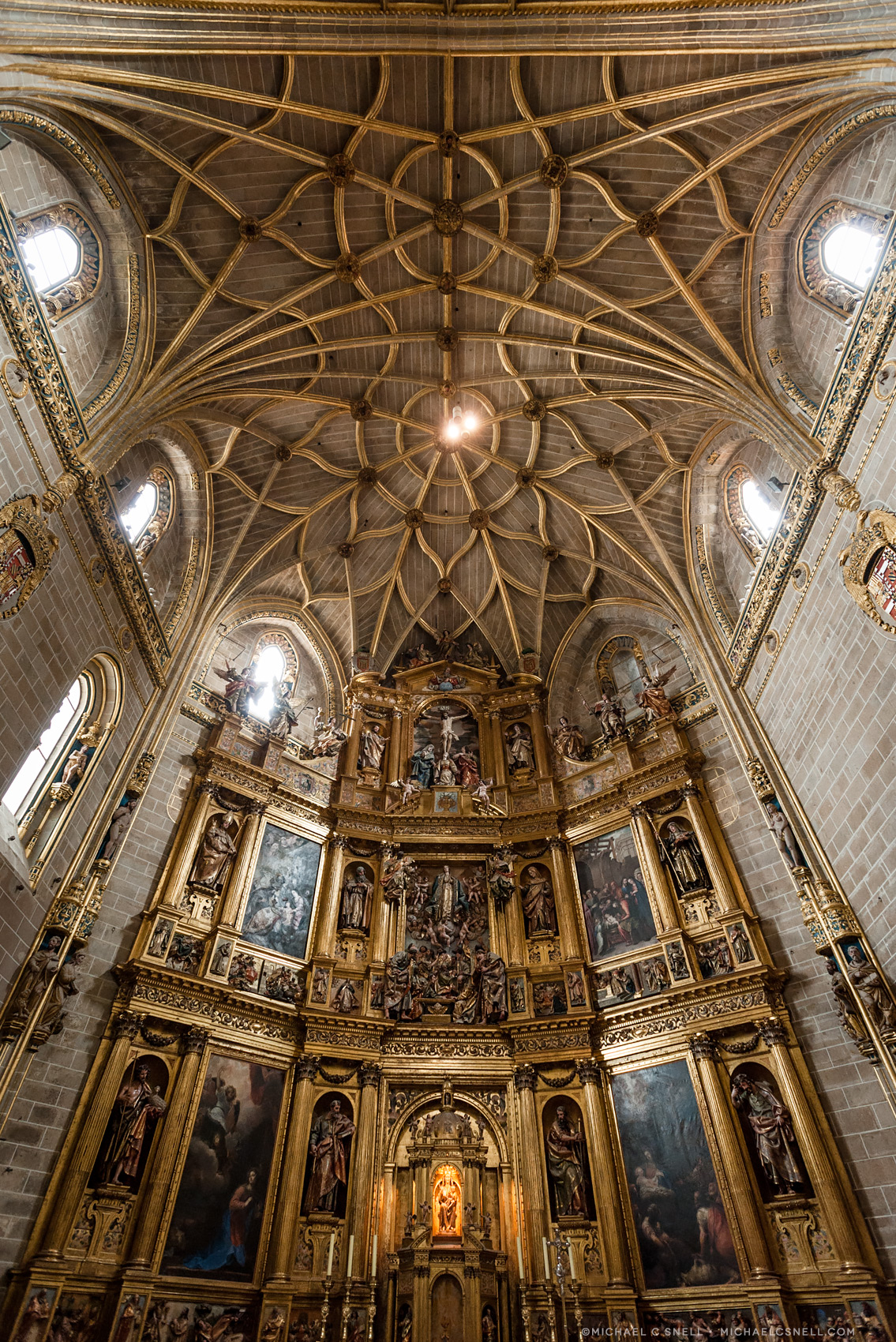
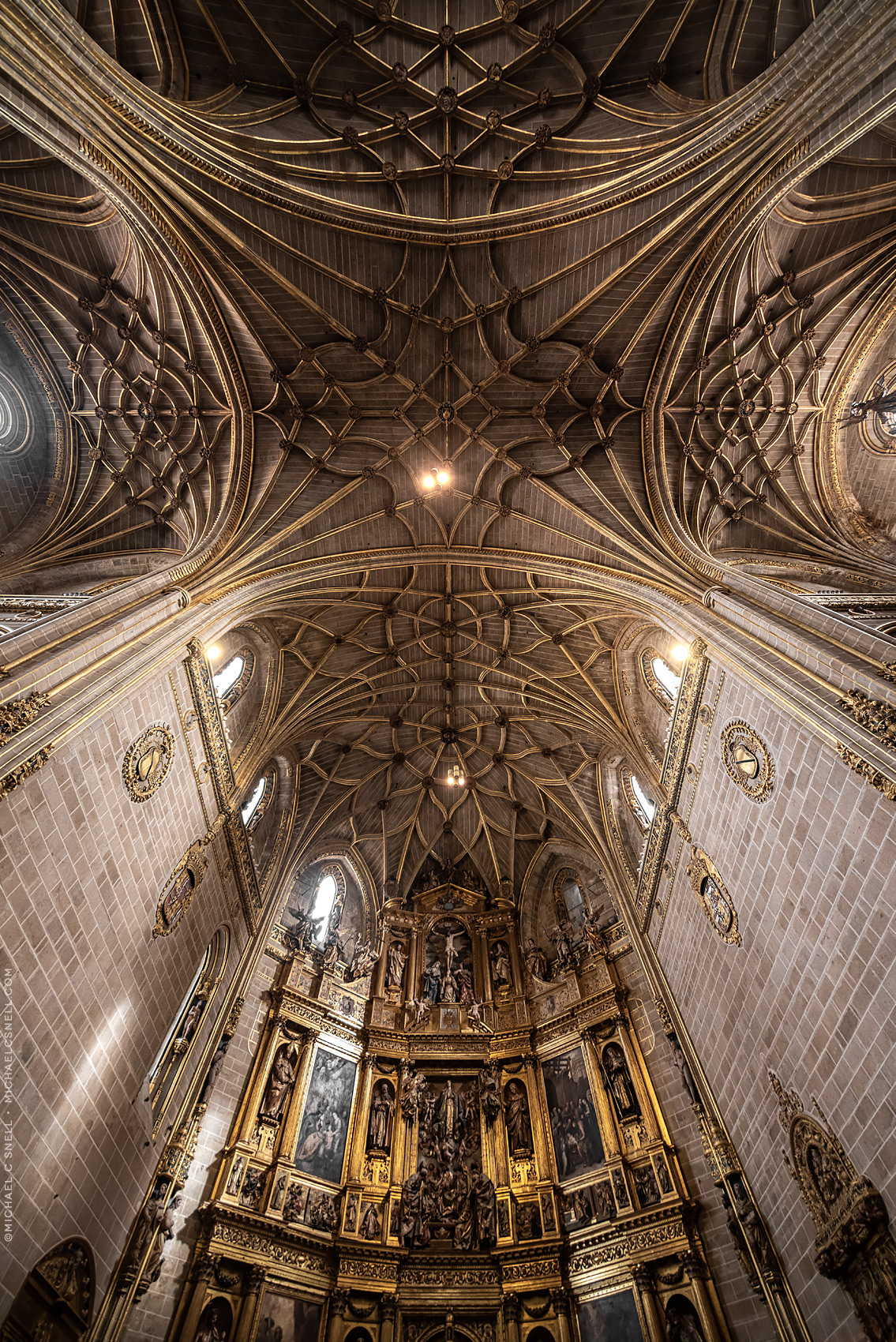
The Irix is pretty straight and sharp, too. In these instances where you’re inside and can’t back up far enough to capture the entire space, it is really great to have this lens in your bag. I can’t imagine I’ll ever have anything wider — it has a 126 degree field of view. That’s not too far off from being able to see behind yourself.
Here’s one more frame to show an outdoor use:
The Roman ruins of the Temple of Diana in Merida, Spain, are surrounded by city. Again, this is a place I’d photographed before and found it difficult to capture the entire scene. With 11mm, I get so much more in frame. I would NOT want to use this lens all the time. It’s usually more effective to edit your frame and exclude things that are distracting, but I do have these occasional situations where I just want to show everything. That said, you have to be quite careful about framing and keeping your verticals straight. Things can go crazy fast with a sight tilt up or down. You can correct a bit in Lightroom or Photoshop to get your verticals straight again, but if you have to make a big move, your image can start to break down. Best to keep it close in-camera and do as little geometric correction in post as possible.
Below are a couple more 11mm shots from the cathedral in Toledo, Spain (you can click on them to see larger versions). I’ll share more images from this lens as I get a chance to use it in more varied situations. I’ll try to make sure they’re not ALL of cathedrals, but I can’t make any promises.

